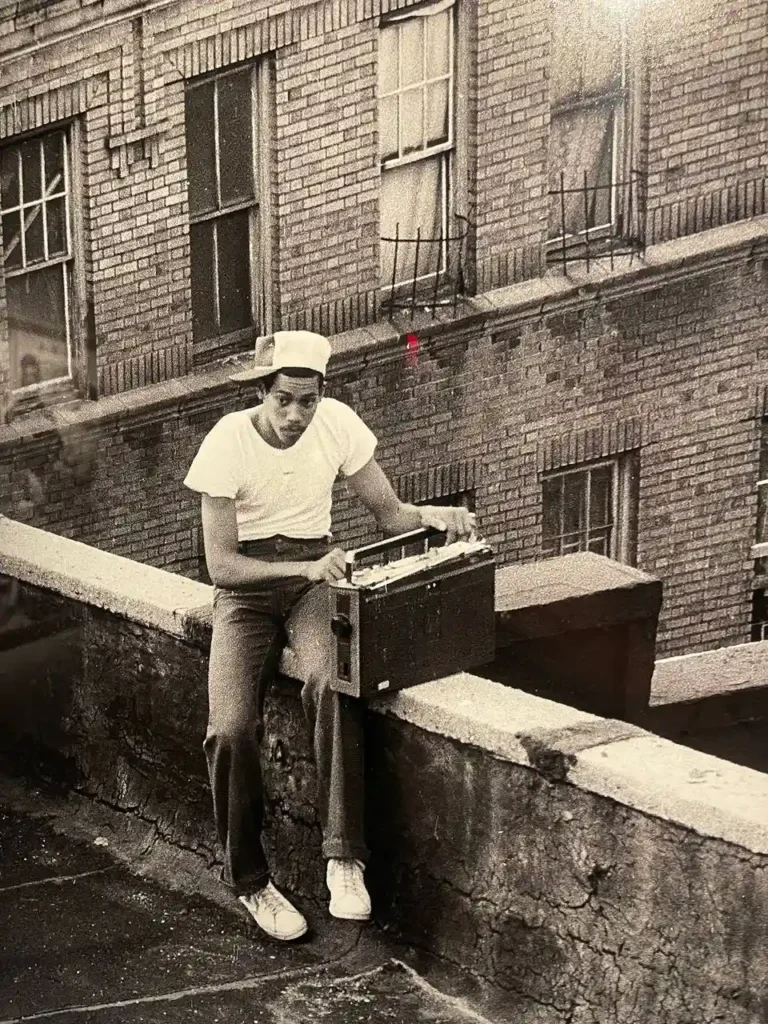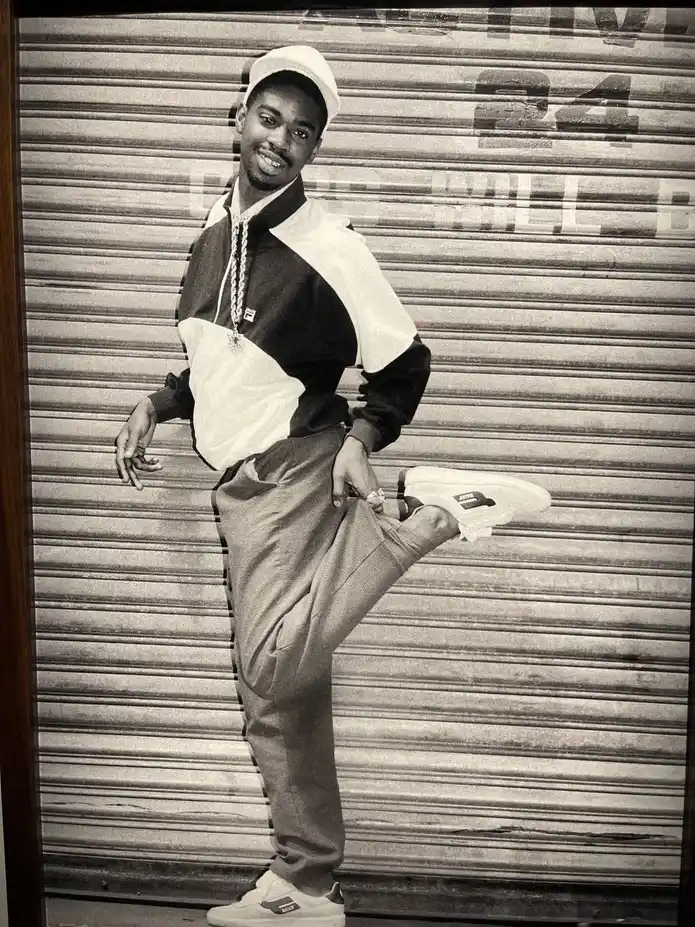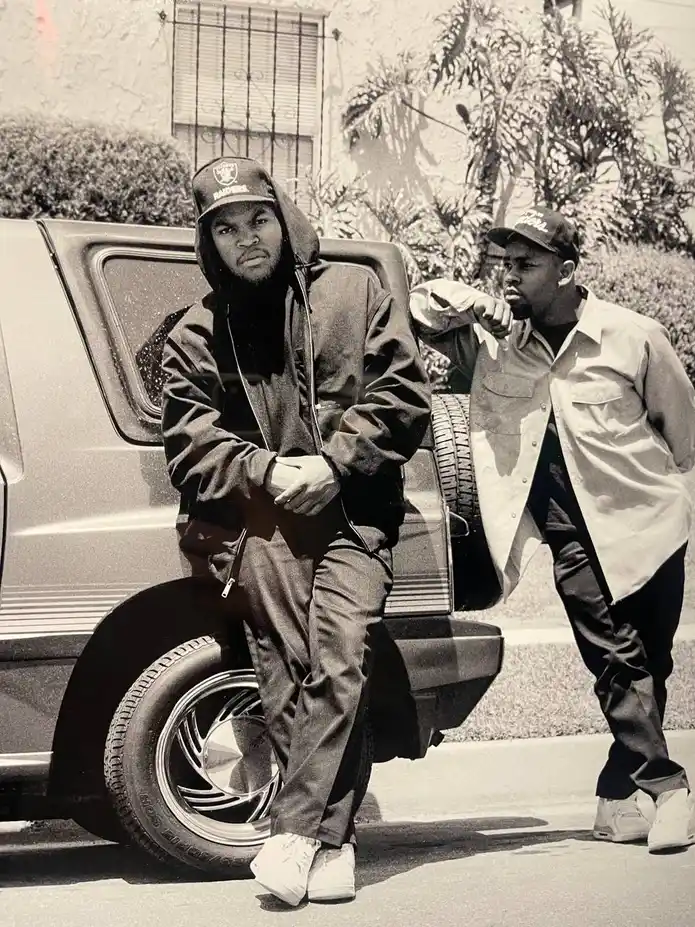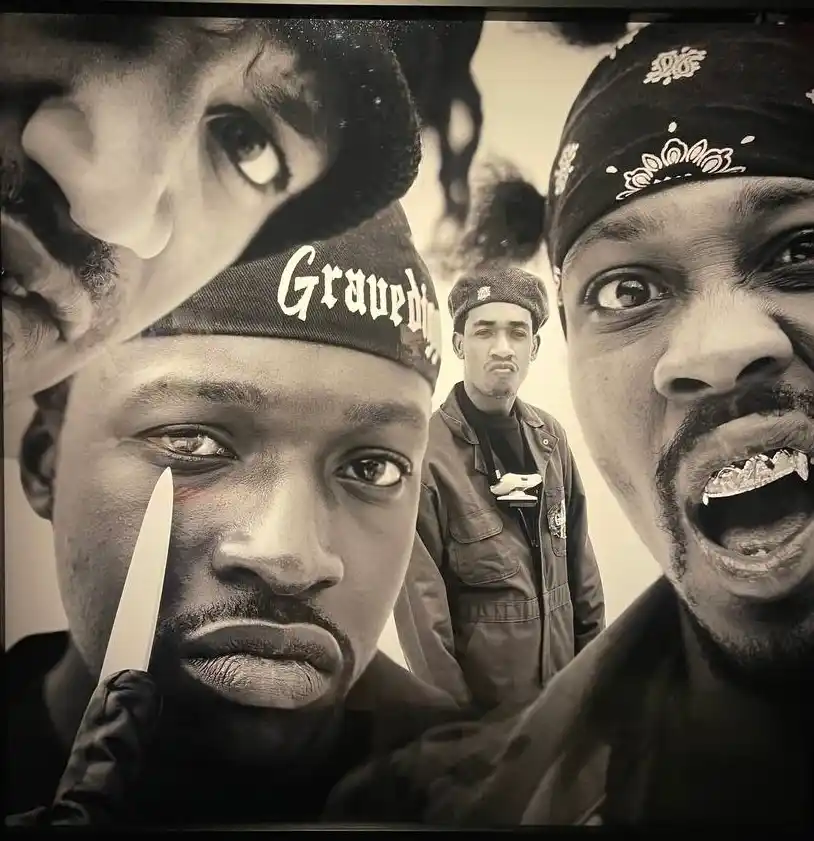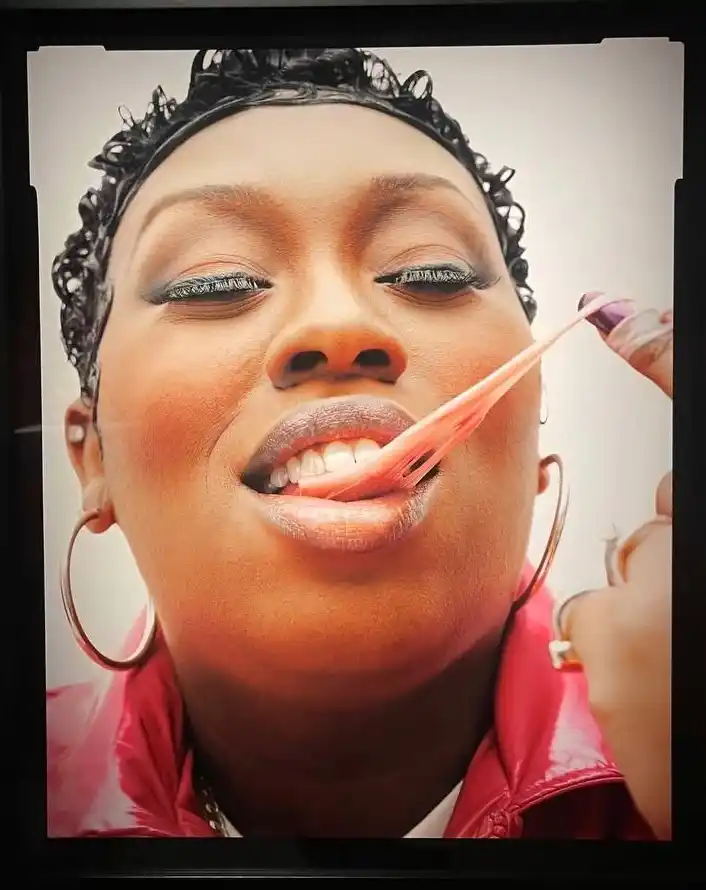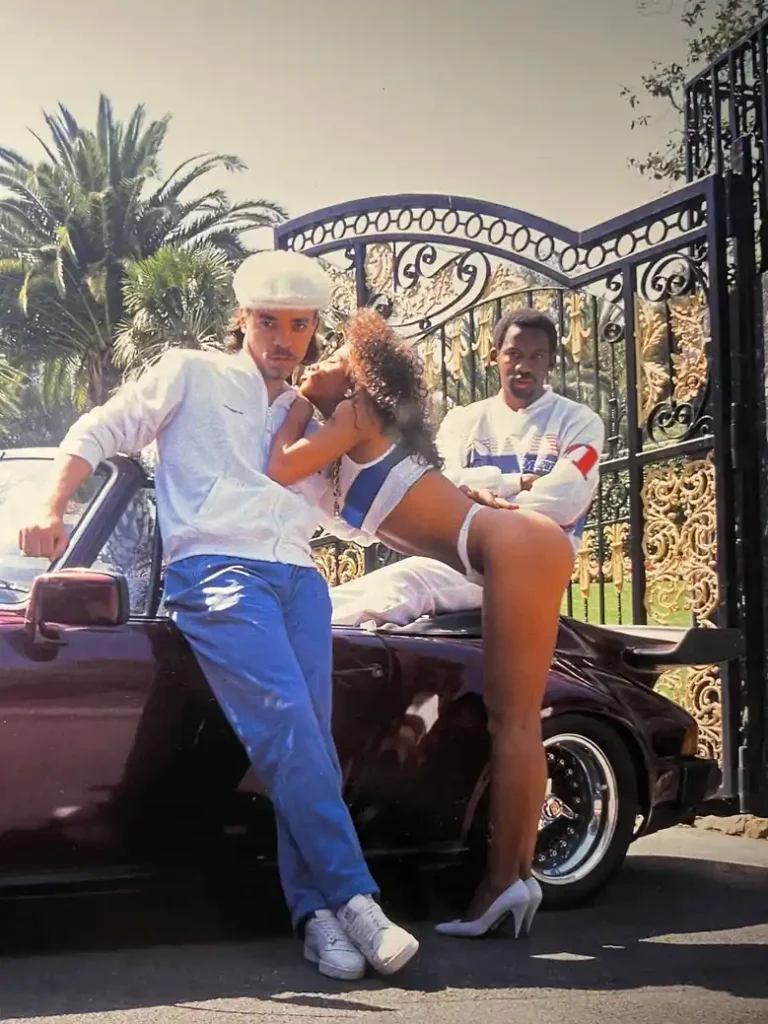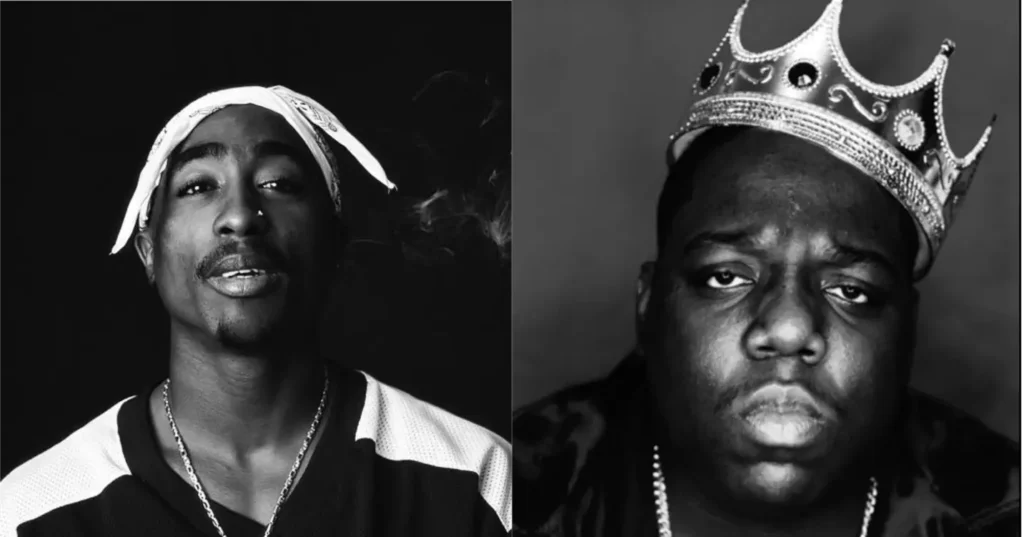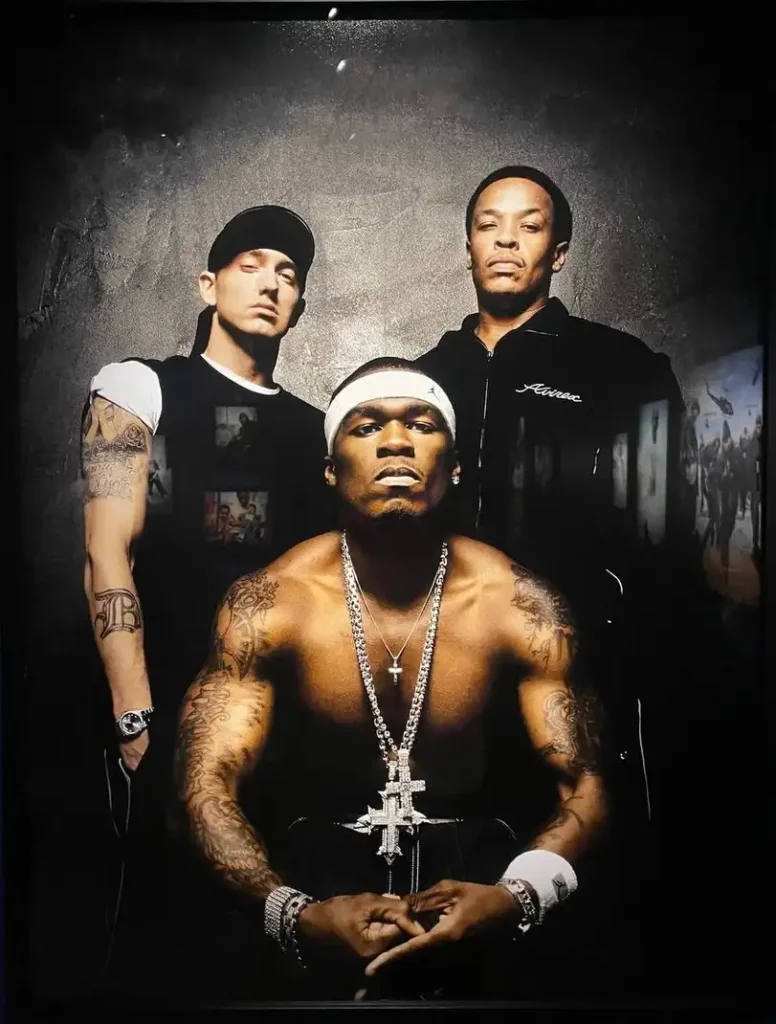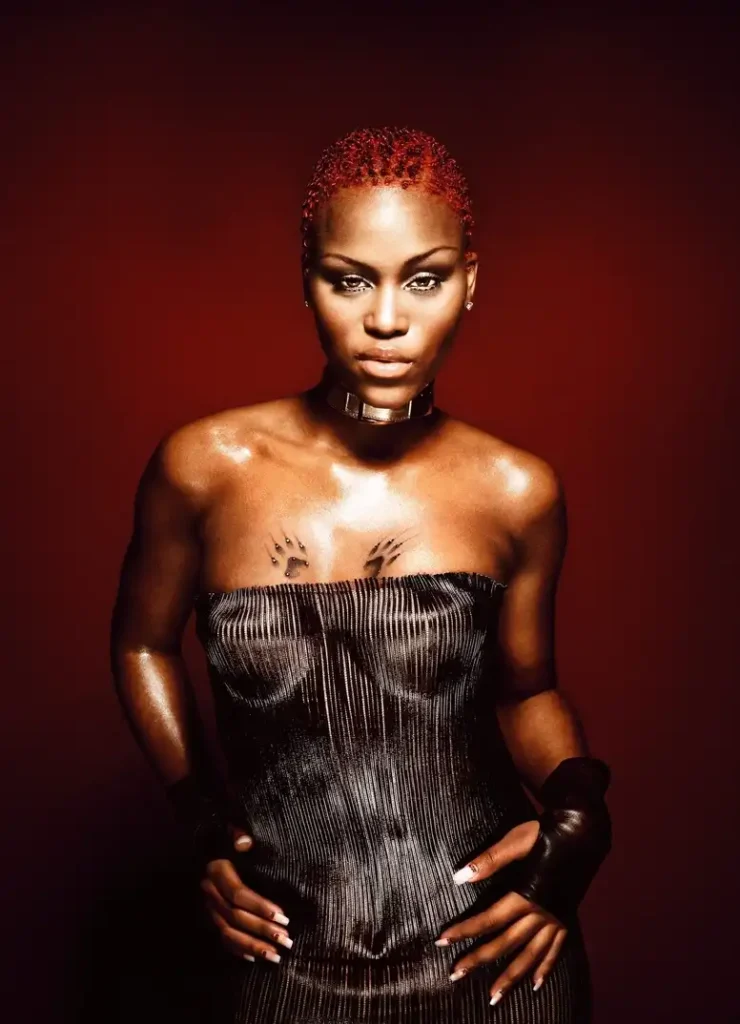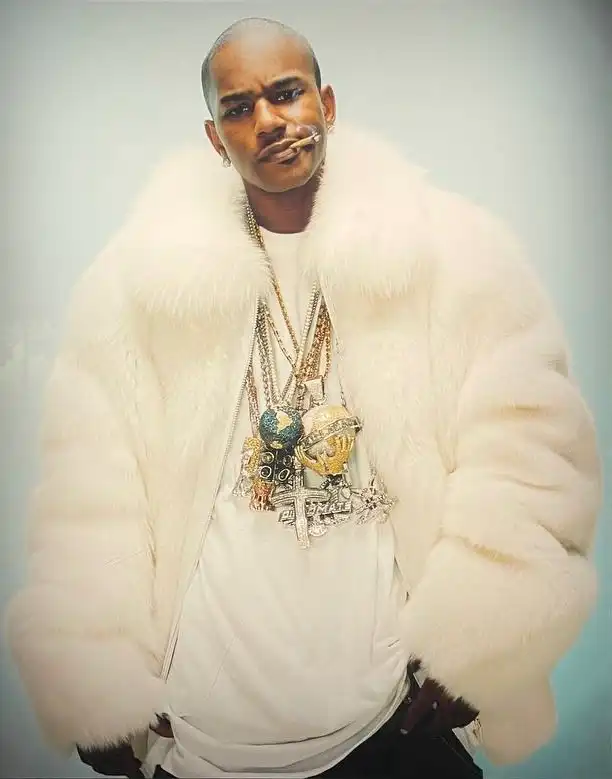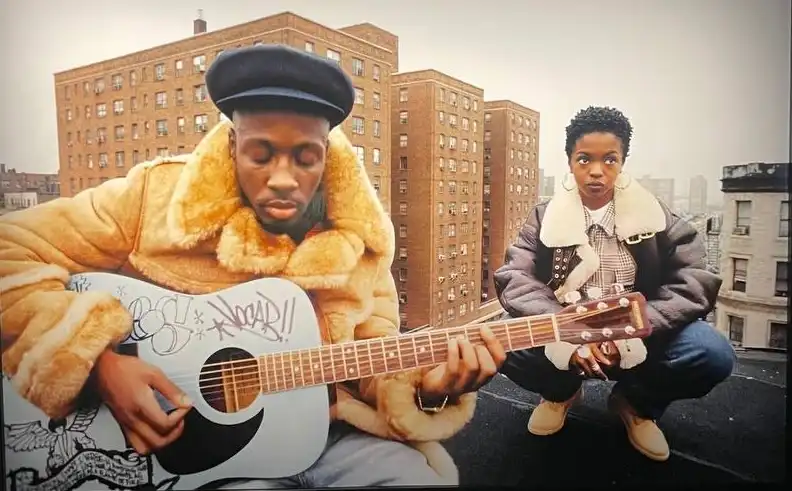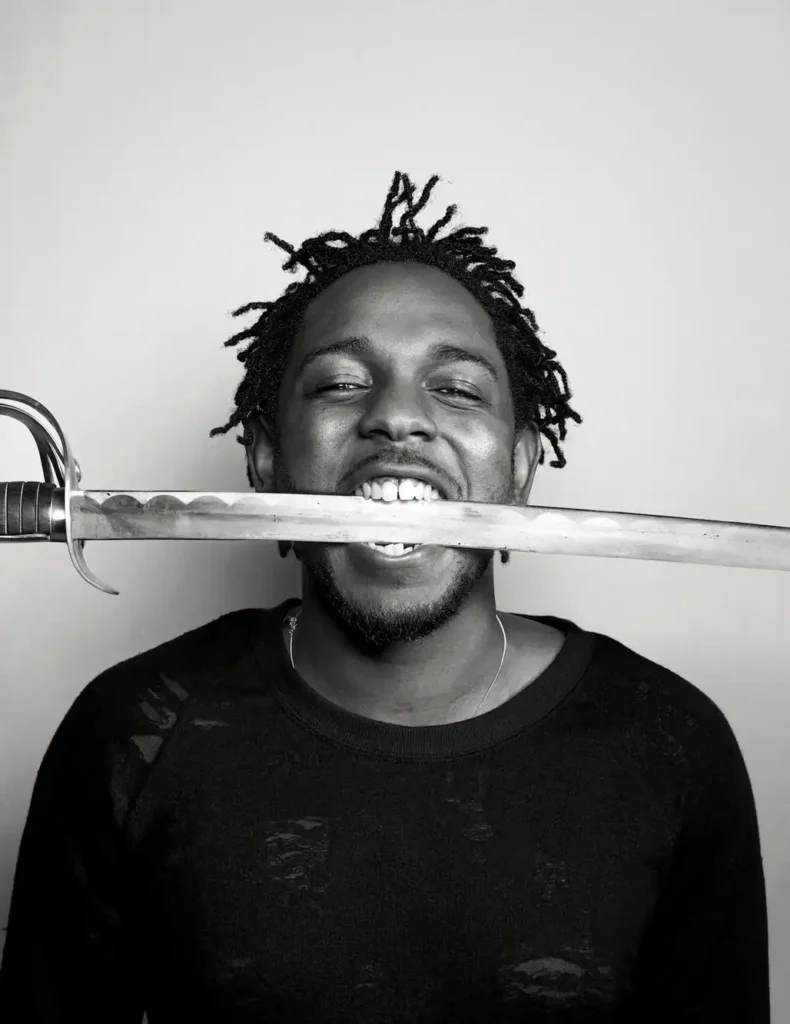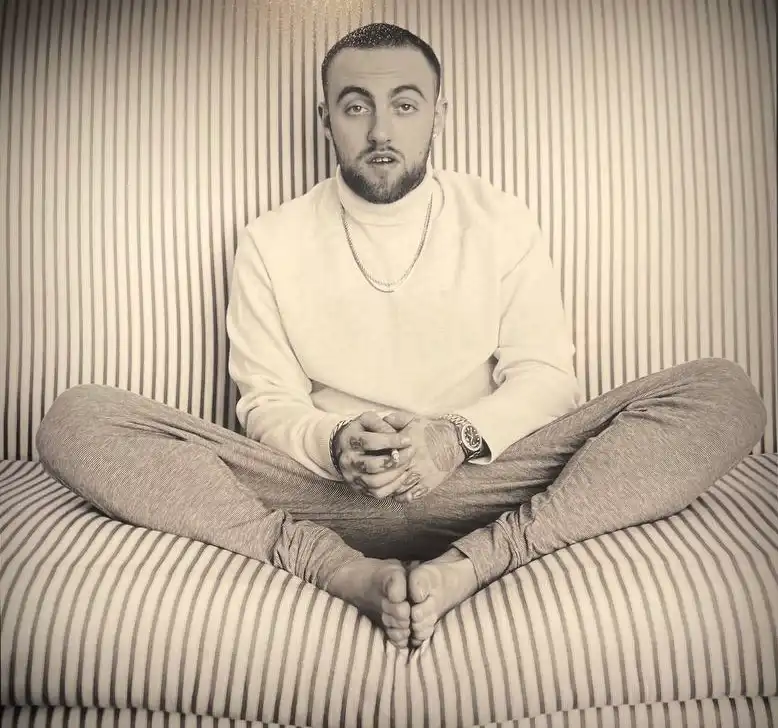The Seventies. New York. Crime, lack of money and the thirst of youngsters to succeed in this life and become someone special. Starting its way at parties in cramped apartments in ghettos of New York, hip hop became a base for hope, freedom of speech and protests. It was a way to express the frustration and tell the story that couldn’t been simply heard in the mass media.
Hip-hop was born on August 11, 1973. On that day a student Cindy Campbell and her brother Clive (DJ Kool Herc) organised a «Back to school party», where by mixing parts of compositions, he created a new direction — breakbeat, that turned the music industry upside down and made him one of the most recognizable hip hop DJs of that era.
One night changed everything. On July 13, 1977, New York City was de-energized. The city was engulfed by mass riots. Having robbed stores with musical equipment, new DJs appeared in the city.
The release of the first hip-hop single “Rapper’s Delight” by the Sugarhill Gang, being largely famous in the USA, became a first recorded single. This musical composition of 15 minutes attracted the media’s attention and “opened the doors” to the broad masses.
Hip-hop music of 1980 was still at an early stage of its development. At that period of time, rappers became interested in foreign electronic pop music and started using the breakbeats, which were completely different from familiar disco and funk.
Hip-hop finally ended up in the hands of professionals. The most significant figure of that time was Rick Rubin, who was the producer of many representatives of the New School (Run-D.M.C and LL Cool J). They used a drum machine accompanied by rock elements. Songs became shorter and topics — more socio-political and aggressive. Since 1986, the New School of hip-hop became mainstream.
During the 80s, East Coast hip-hop remained the leading style of the genre. However, in the late 80s, the audience’s attention gradually turned around to rappers from California (MC Hammer, Ice-T and N.W.A) This caused discontent of the eastern rappers, who fueled the enmity.
The appearance of gangsta rap in hip-hop, which showed more criminal aspects of life in the ghetto. At that time, the most recognizable of gangsta rappers was Dr. Dre.
After a long conflict between the Western (Death Row Records) and Eastern (Bad Boy Records) labels, the leaders of opposing sides Tupac Shakur and Notorious B. I. G. died, which caused a great media coverage.
The murder of Biggie drew public attention to the conflict and called for the peace. Rappers from both coasts, such as Snoop Dogg, Chuck D and others attended a Hip-Hop Peace summit, hosted by Louis Farrakhan in Chicago, where they signed a unity pact to end the “war”.
In 1996, Eminem, an aspiring rapper from Detroit, released his debut album Infinite, which sold only a thousand of copies. Unfortunately, this did not bring him success, but only aggravated the situation. Eminem was accused of copying the style of other musicians. His album was ignored by many radio stations. It seemed that there was the end. But a young motivated guy found a way out: he created alter egos to attract the attention of the audience. He used them in his songs to express various feelings and emotions. The most famous one was Slim Shady. This personality was aggressive, representing violence, sex, drugs and murder. The next alter ego was Marshall Mathers. It was Eminem’s real name and at the same time the personality, which expressed all his life difficulties and problems. His tracks were more calm and lyrical, about love, family, friends etc.
Eminem. King of hip-hop. After the release of the album “The Slim Shady LP” in 1999 Eminem became a worldwide sensation. One year after, he created the album “The Marshall Mathers LP” with a tirage of 19 millions of copies, for which he got a Grammy in the nomination “Best Rap Album”. “The Eminem Show” became the most popular album in 2002. Eminem was at the peak of his fame.
These years can be characterized by 3 directions:
1. SoundCloud rap emerged as a new sub-genre characterized by lo-fi production (a low-quality recording) Representatives: Lil Peep, XXXTentacion and Juice WRLD.
2. Trap music — heavy 808 bass and lyrics about drug dealing. Representatives: Migos, Future and Young Wung.
3. Conscious hip-hop — new sub-genre broached political and social issues. Representatives: Kendrick Lamar, Jay-Z.
Hip-Hop became the main musical genre in the world. Drake, Kanye West, Travis Scott, Lil Wayne, Post Malone, Nicki Minaj — world stars maintaining the success of the genre to the present day.
Over the decades hip-hop has undergone profound transformations, changing directions, views, ways of sounding and much more, but it has firmly established itself in the hearts of its listeners around the world and will remain there no matter what.


